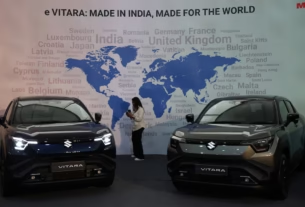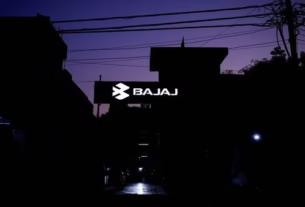In Short : By switching to Light Rare Earth (LRE) magnets, Bajaj Auto was able to prevent the manufacture of electric two- and three-wheelers from completely ceasing, even though there is a major shortage of rare-earth magnets worldwide. The carmaker reported a strong 5% YoY growth in first-quarter net profit and also entered the e-rickshaw sector.
Market expansion and production adaptation
Bajaj had projected zero EV output in August as a result of import limitations on Chinese high-performance magnets. They were able to sustain up to 75% of the volumes of electric three-wheelers and about 50–60% of the manufacturing of EV two-wheelers by quickly switching to LRE magnets.
Financial Overview & Export Results:
In Q1 FY2026, Bajaj Auto reported a net profit of ₹2,096 crore, up 5% year over year, thanks to robust performance in its premium motorcycle exports and growing EV portfolio adoption. Exports to countries like South America and Africa increased by 16%, contributing to a 5.5% increase in revenue to ₹12,584 crore.
Impact of Clean Energy and EV Ecosystems
Bajaj Auto’s swift decision to continue producing EVs in spite of rare-earth shortages emphasizes how crucial robust supply chains are to India’s energy transformation. The company’s foray into the e-rickshaw market encourages alternative energy transportation, which helps achieve net zero emissions, decarbonization, and sustainable energy mobility. The manufacturing shift facilitates workers’ just transition and is in line with clean-tech expansion in the EV and solar power-linked charging infrastructure sectors, where workforce development and EV deployment expertise will be crucial.




